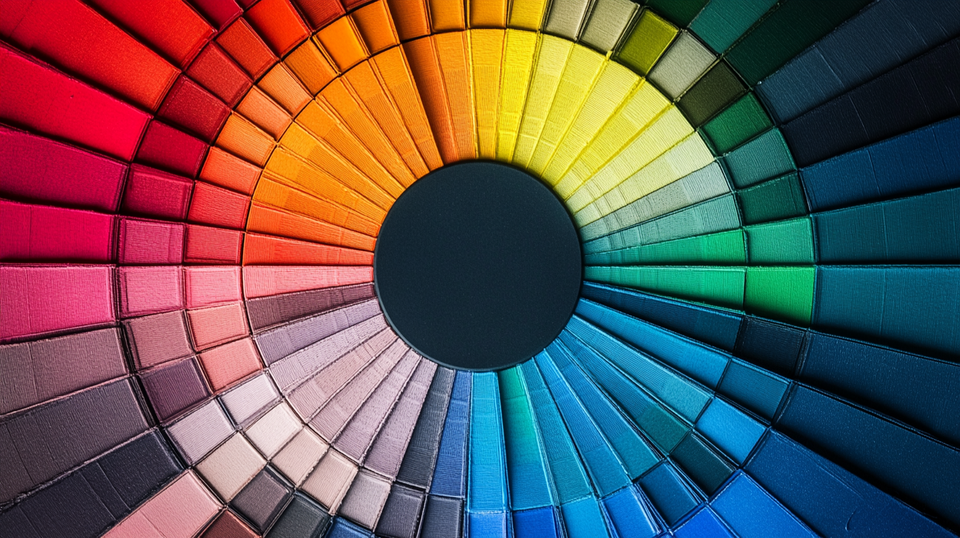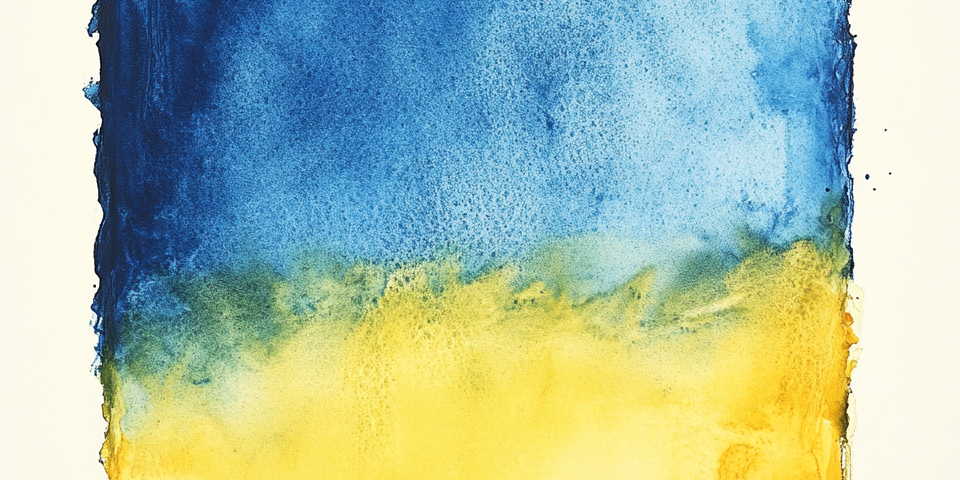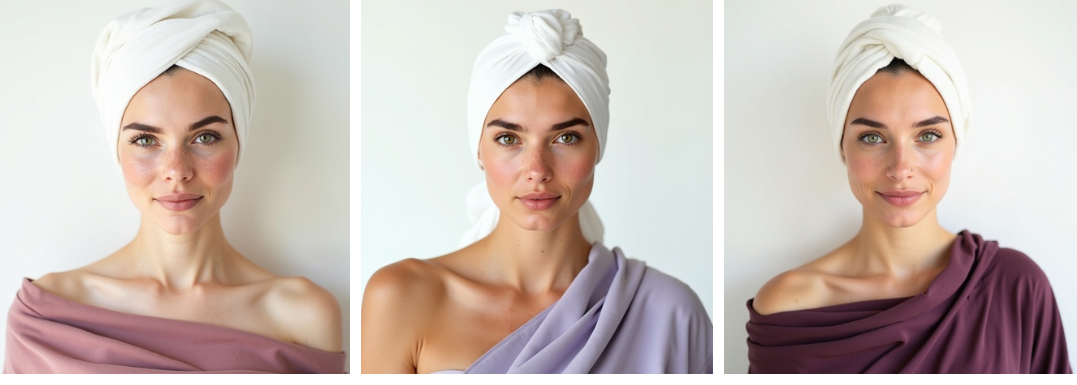Muted vs. Bright: Understanding the Key Differences in Color Analysis

If you've ever found yourself caught between colors that seem too bold or too dull, wondering why some shades light up your face while others leave you looking flat, you're not alone. Understanding the difference between muted and bright colors is essential in personal color analysis. While it's easier to spot muted vs. bright tones in objects or clothing, it's trickier when it comes to human coloring.
Understanding Your Color Season
While draping is considered a crucial part of color analysis, it's important to note that determining your color season is a nuanced process. It involves more than simply observing whether muted or bright colors enhance your features. Professional color analysts consider multiple factors, including:
- How different colors interact with your skin tone
- The way colors affect the appearance of your eyes and natural hair color
- Your skin's undertone (warm, cool, or neutral)
- The overall harmony between the colors and your natural coloring
This process can help determine your color season, ensuring your best shades align with your natural coloring. Simple in theory, but let's break it down further.
What Makes a Color Bright vs. Muted?
A pure hue is inherently bright, clear, and saturated. This is the color in its most unaltered form, at its full intensity. But once you start mixing in other elements, you shift its character:
- Add white, and you create a lighter, softer version of the hue.
- Add black, and you deepen the color, making it richer and more intense. You'll see this effect in Dark Autumn and Dark Winter palettes.
- Add gray (a mix of black and white), and you lower the color's chroma, making it soft/muted/desaturated. This is what gives Soft Autumn and Soft Summer their distinctive gentle appearance.
Through careful analysis, you can see how these variations impact how colors interact with your skin tone and undertone, shaping your ideal color season.
The Other Way Colors Become Muted
Color theory introduces another way to create muted colors: mixing complementary colors (those directly opposite each other on the color wheel).
Think of blue and yellow:

- Blue is cool, yellow is warm, and when mixed, they neutralize each other.
- Adding a small amount of yellow to blue creates a warmer, softer blue.
- Adding a small amount of blue to yellow results in a cooler, softer yellow.
- Adding equal parts of blue and yellow? You get a completely neutral color—somewhere in the realm of brown or gray.
This is why muted/soft individuals often appear to have neutral undertones:
- Soft Autumn = neutral warm (leans slightly warm, but not overly so).
- Soft Summer = neutral cool (leans slightly cool, but not icy or stark).
Recognizing these nuances in color mixing can help refine your color analysis and ensure you're working with shades that enhance rather than overpower.
Why Are Neutrals Called Neutral?

Take a look at the color wheel—you won't find browns or grays. That's because neutral colors don't exist in their pure form; they are created by blending opposite hues along with white and/or black. This is why you can have:
- Lighter neutrals (created with more white added).
- Darker neutrals (created with more black added).
By understanding how neutrals are formed, you gain insight into how your undertone interacts with different colors and why some shades look more harmonious on you than others.
How the Seasons Relate to Bright vs. Muted
Every color season has a distinct relationship with muted vs. bright:
- Springs & Winters → Clear/Bright: Colors are highly saturated, with no muted tones
- Summers & Autumns → Soft/Muted: Colors are toned down, softened by gray or complementary hues.
Then within each season, lightness and darkness (value) further refine the palette:
- Light and Soft Seasons
Light Spring and Light Summer palettes are more complex than simply adding white to pure hues. These palettes contain colors that are generally lighter in value, but they also have specific characteristics:- Light Spring colors are clear, warm, and light
- Light Summer colors are soft, cool, and light
The creation of these palettes involves careful color mixing to achieve the right balance of brightness, temperature, and value.
- Dark Autumn & Dark Winter = Rich and intense (deep value).
- Soft Summer & Soft Autumn = The most muted within their respective temperature ranges.
Soft Seasons and Temperature

The relationship between Soft seasons and their True counterparts in terms of temperature can vary depending on the color analysis system used. Some systems consider:
- Soft Summer to be slightly cooler than True Summer
- Soft Autumn to be slightly warmer than True Autumn
However, the key characteristic of Soft seasons is their muted quality rather than a shift in temperature.
A well-executed color analysis will not only help you determine whether you lean muted or bright but will also clarify how undertones influence your best shades.
Final Thoughts
So, what does this mean for you? If you've ever wondered why certain colors wash you out while others bring your features to life, understanding where you fall on the muted vs. bright spectrum is key. Some of us shine in bold, clear shades. Others are at our best in soft, nuanced hues.
Our Color Analysis Tool is designed to help you find the shades that complement your skin tone, personality, and wardrobe—whether you love soft, muted hues or bold, vibrant colors. And soon, we’re launching an exciting new feature: Virtual Draping! 👗💻 This will let you see colors on yourself in real-time before making fashion or design decisions.
Because at the end of the day, the right color isn't just about theory—it's about how you feel when you see yourself in it.
Let us know if you'd like a tailored color breakdown in the meantime! 😊
